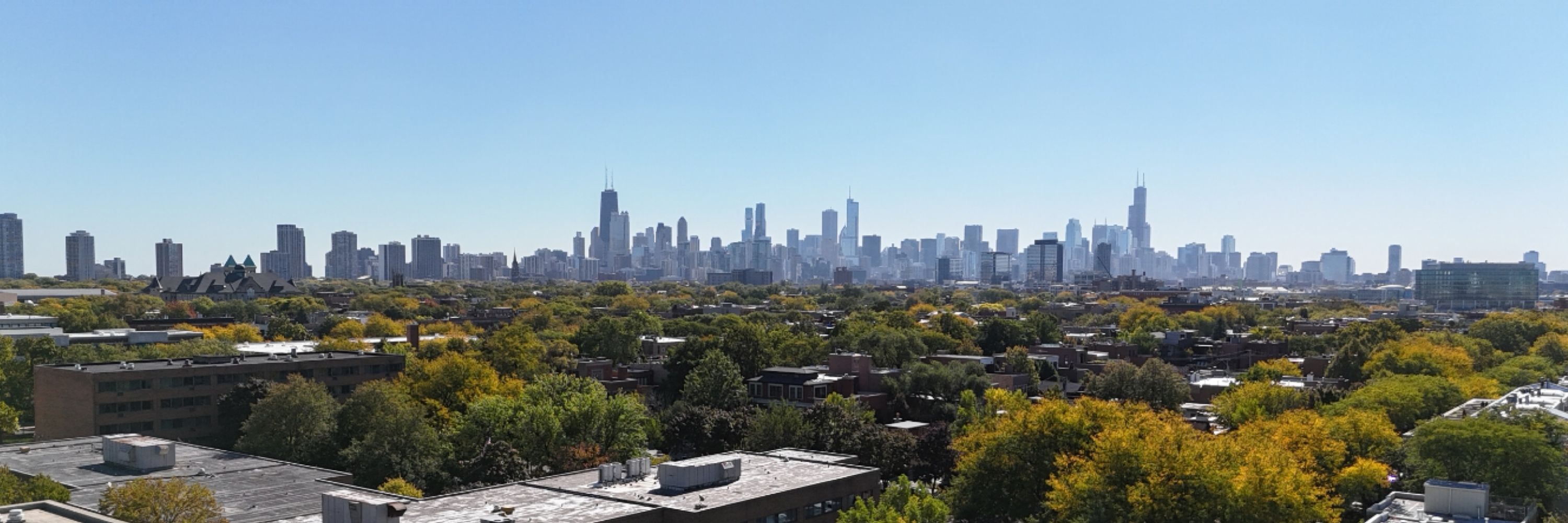
Please share widely 📢
@urbanparksgirl.bsky.social @jkhawes.bsky.social @aag-landscape.bsky.social @geographers.bsky.social
For #AAG2026, @urbanparksgirl.bsky.social, @jkhawes.bsky.social, and I are organizing a session on the politics of green space in a polarized world.
To take part, send us your abstract by Oct 26th 📧

Please share widely 📢
@urbanparksgirl.bsky.social @jkhawes.bsky.social @aag-landscape.bsky.social @geographers.bsky.social
For #AAG2026, @urbanparksgirl.bsky.social, @jkhawes.bsky.social, and I are organizing a session on the politics of green space in a polarized world.
To take part, send us your abstract by Oct 26th 📧

For #AAG2026, @urbanparksgirl.bsky.social, @jkhawes.bsky.social, and I are organizing a session on the politics of green space in a polarized world.
To take part, send us your abstract by Oct 26th 📧
coenet.org/protect-the-...

coenet.org/protect-the-...
Review of applications begins on Sep 15th: apply.interfolio.com/170188
Review of applications begins on Sep 15th: apply.interfolio.com/170188

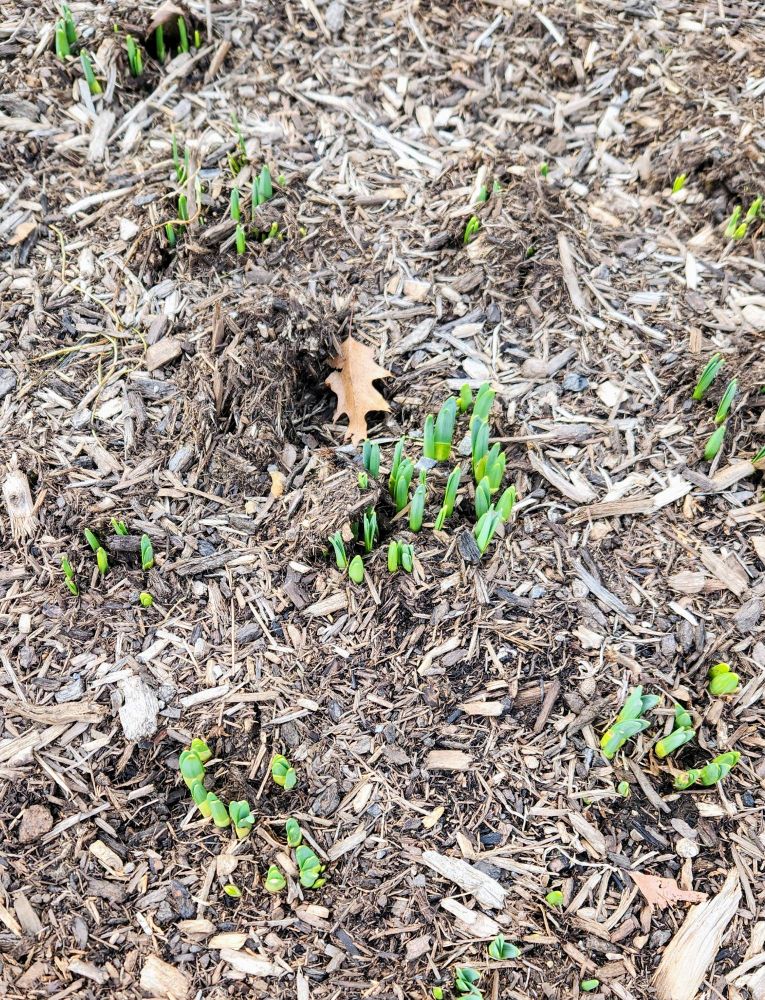
Please share widely! #GISJobs #GeospatialJobs #GISChat
Please share widely! #GISJobs #GeospatialJobs #GISChat
Unrelatedly, here's a workflow that you can use to manually edit your vector basemap labels: www.esri.com/arcgis-blog/...
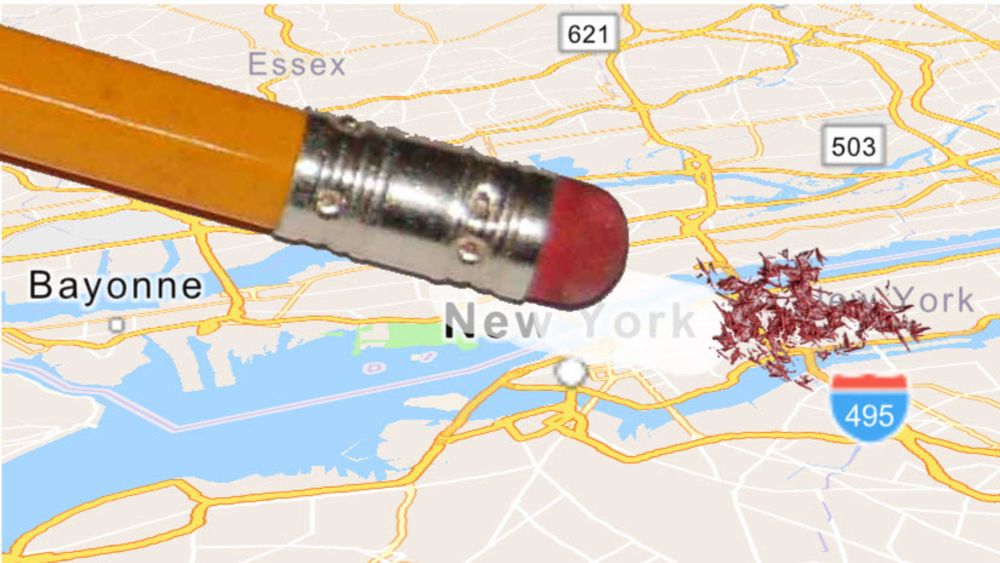
Unrelatedly, here's a workflow that you can use to manually edit your vector basemap labels: www.esri.com/arcgis-blog/...
I just learned about it (thanks @morganahcrowley.bsky.social!) and had a lovely scroll this morning to add more women to my feed 💙
I just learned about it (thanks @morganahcrowley.bsky.social!) and had a lovely scroll this morning to add more women to my feed 💙
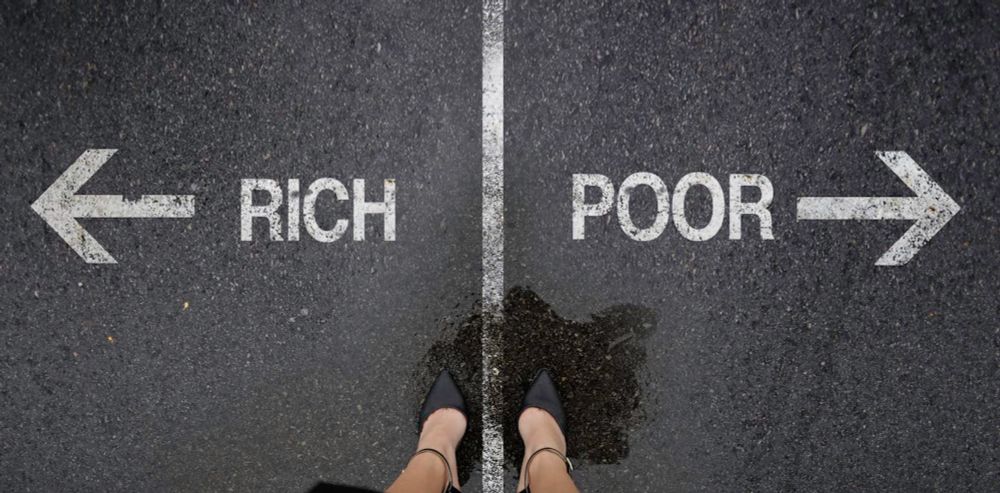
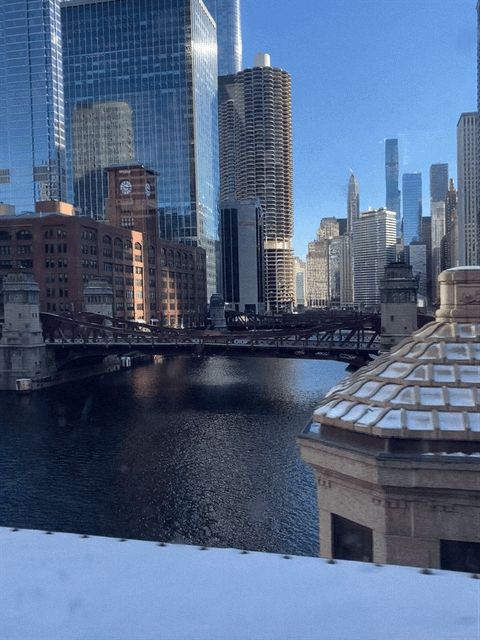
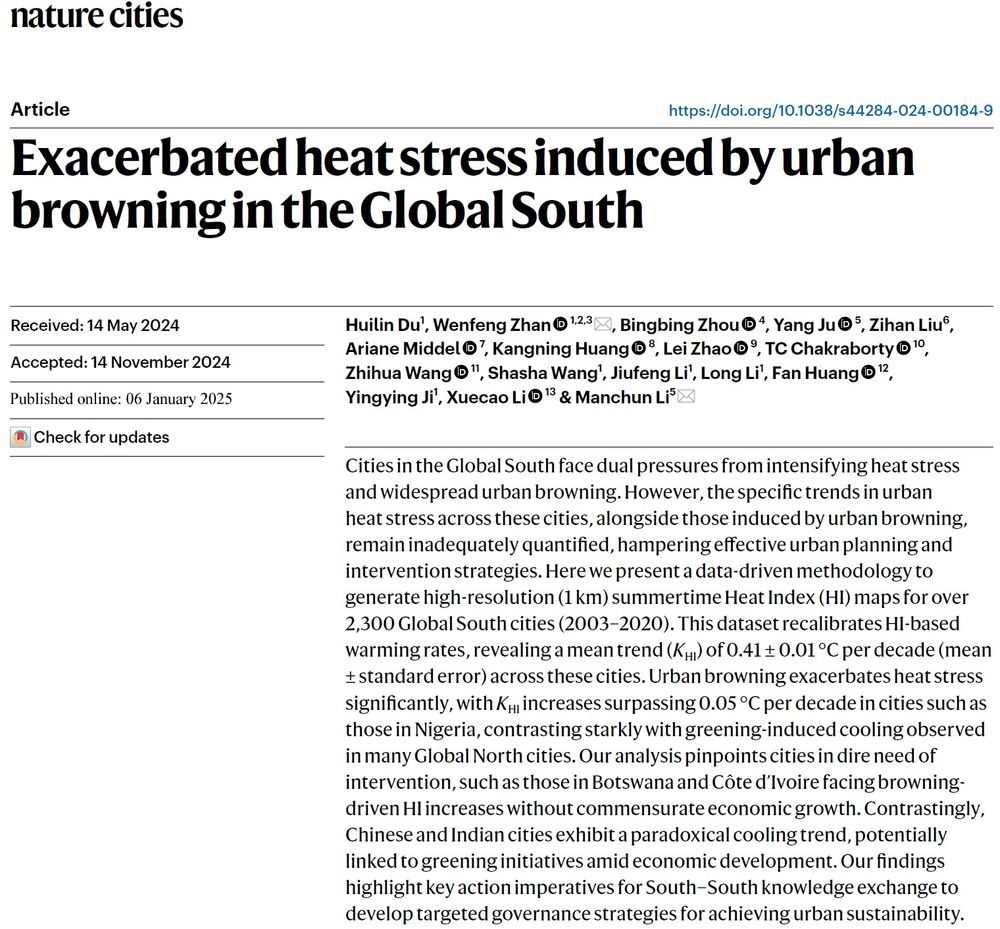
nspires.nasaprs.com/external/sol...
nspires.nasaprs.com/external/sol...
#EOChat #EarthEngine #GISChat
#EOChat #EarthEngine #GISChat

@morganahcrowley.bsky.social #EOChat
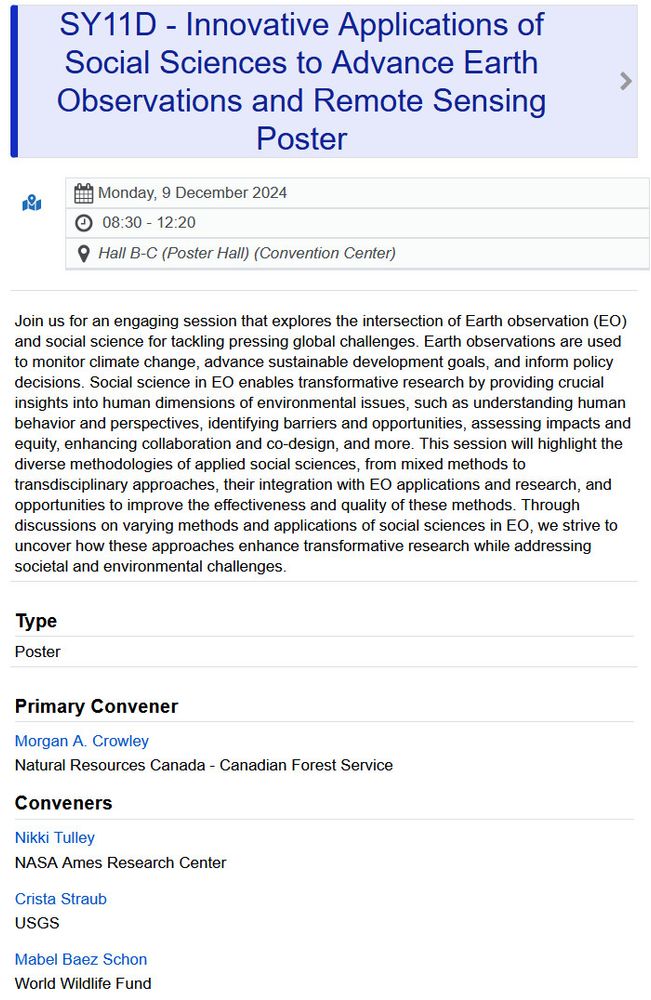
@morganahcrowley.bsky.social #EOChat
authors.elsevier.com/a/1kCz05m5d8...
Read on for our findings: 🧵 1/8
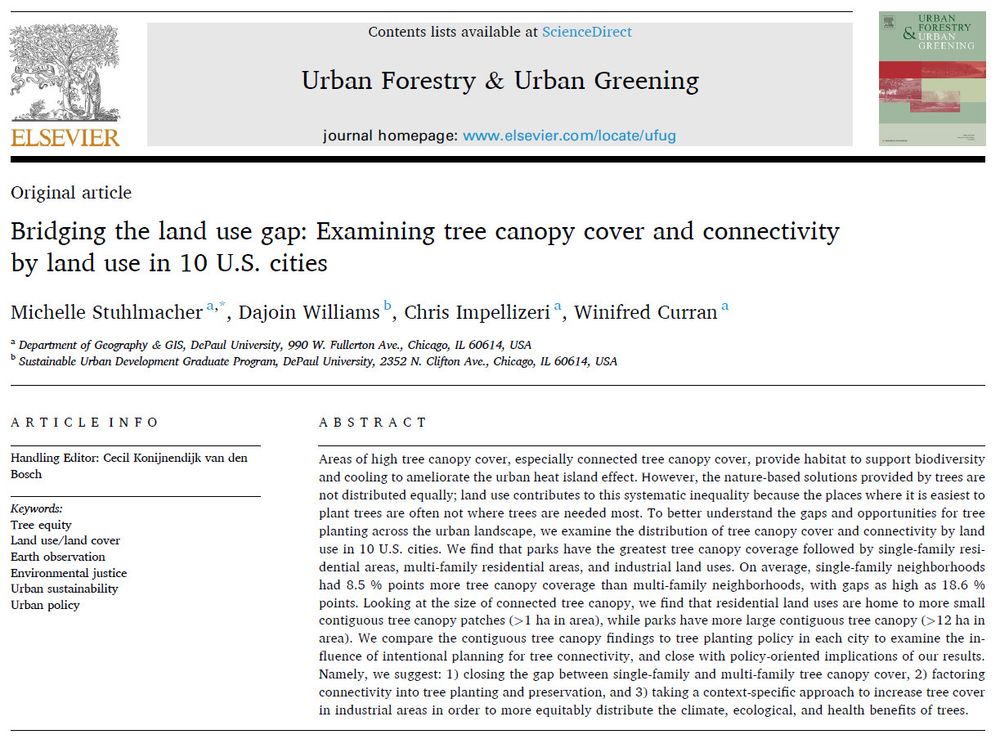
authors.elsevier.com/a/1kCz05m5d8...
Read on for our findings: 🧵 1/8
We’re here to share exciting discoveries, spotlight incredible scientists, and connect with YOU in this vibrant community.
Follow along as we explore how Earth and space sciences make the world a better place. 🌟

